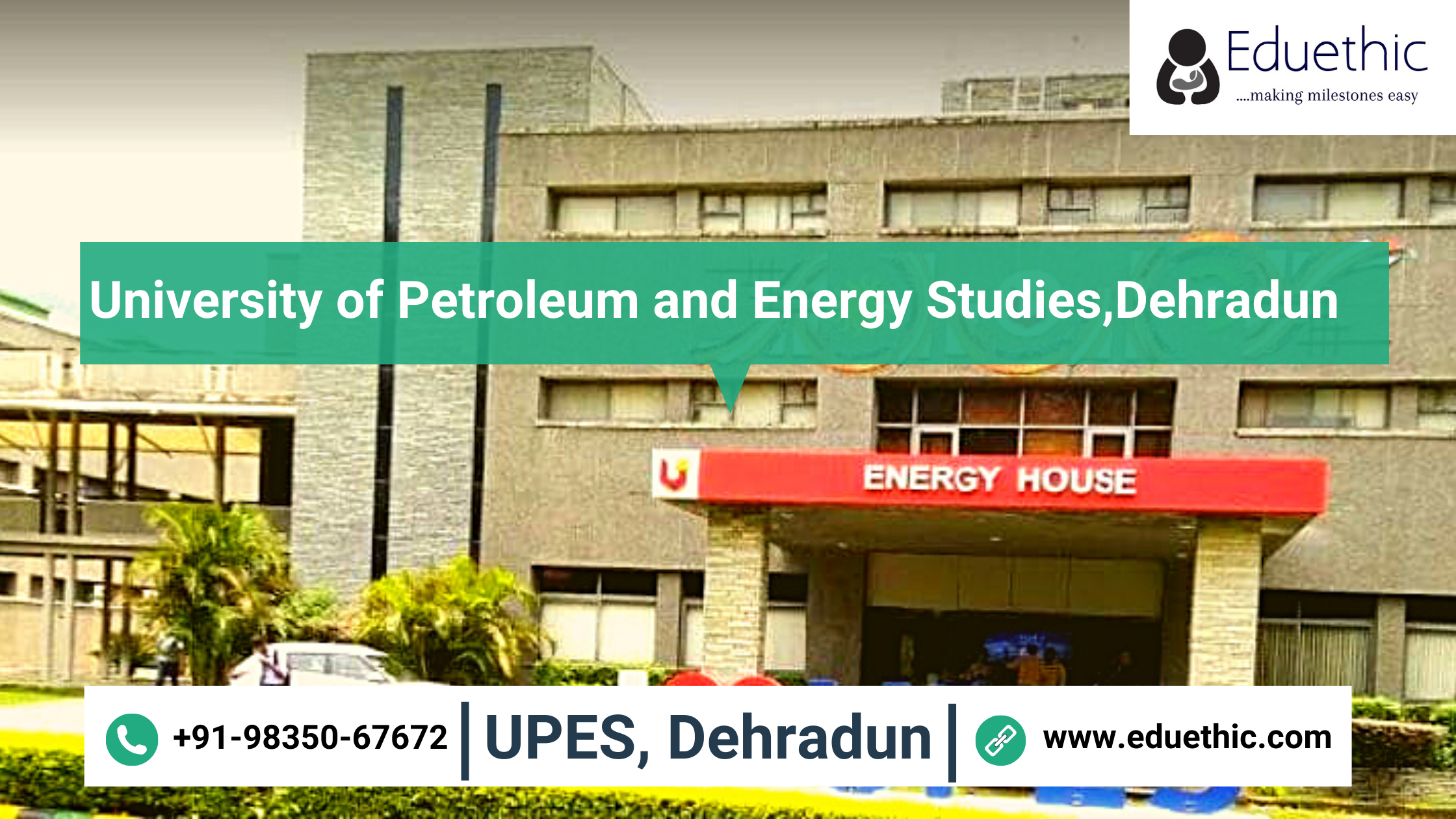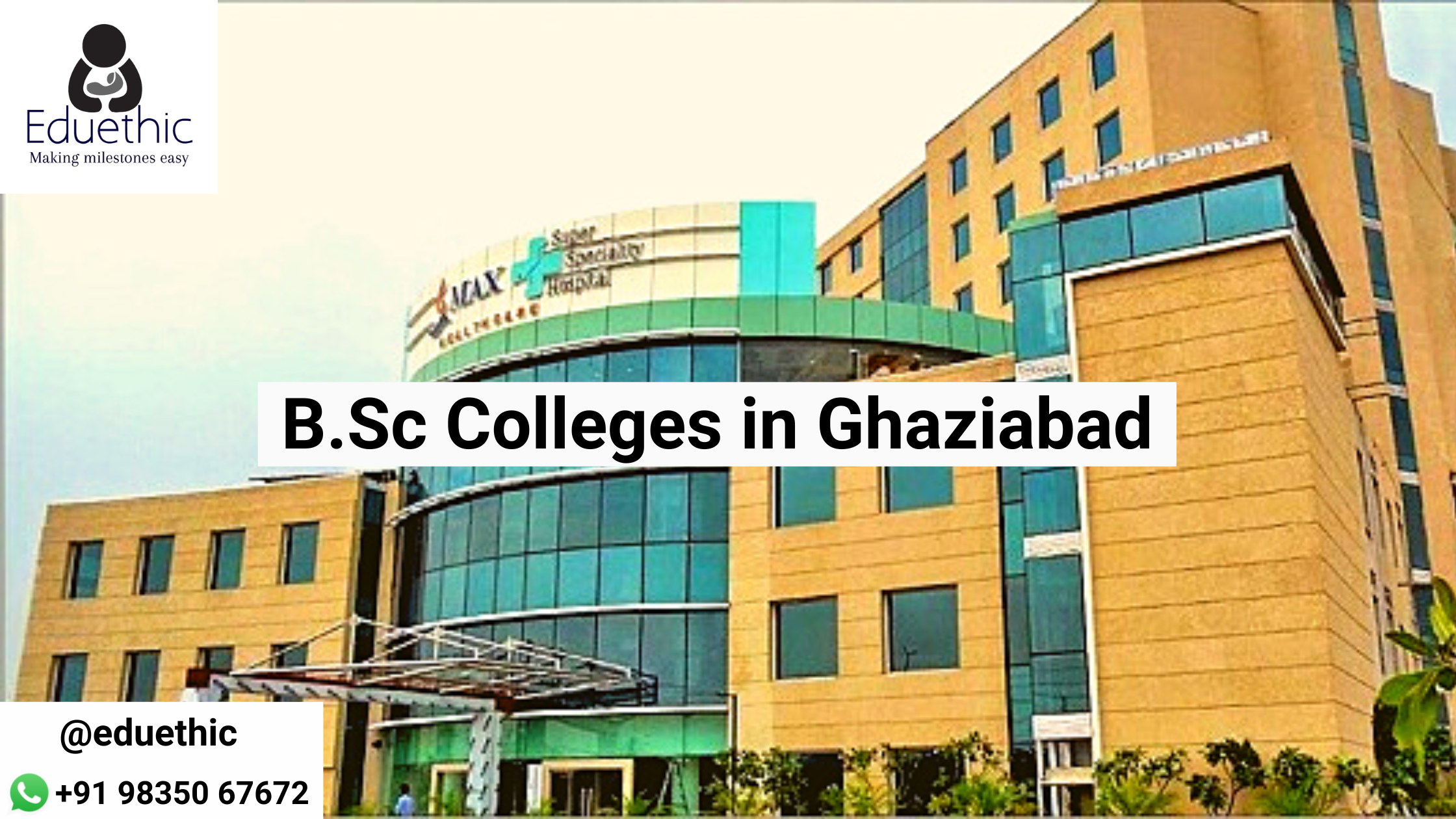Master of Surgery in Anaesthesiology Top Colleges, Syllabus, Scope and Salary
By: Eduethic
Introduction
MS in Anaesthesiology is a three-year postgraduate course in surgical therapy. The program is taught in all of the nation's accredited medical universities recognized through the MCI. The holders of this degree are certified to perform surgery and practice in medical treatment.
Warning: Undefined array key "blogDesc" in /www/wwwroot/eduethic.com/blog_view.php on line 264
Deprecated: chop(): Passing null to parameter #1 ($string) of type string is deprecated in /www/wwwroot/eduethic.com/blog_view.php on line 264
MS in Anaesthesiology is a three-year postgraduate course in surgical therapy. The program is taught in all of the nation's accredited medical universities recognized through the MCI. The holders of this degree are certified to perform surgery and practice in medical treatment.
The program focuses on using medications that reduce pain by causing a sensation of numbness within the region affected. The program includes research elements including ambulatory anesthetics and cardiothoracic anesthesiology, neuro anesthesia, obstetrical anesthesiology, and pain management. Students who are enrolled must endure a lengthy period of clinical instruction before practicing. The final decision to enroll in the course is based on the candidate's score on the entrance test, academic background, and performance at the interview. The method of admission is an appropriate entrance test administered by various universities. The tuition cost for the program in India ranges from INR 10 and 60 lacs.
Eligibility Criteria:
- MBBS was completed at an institute recognized by the Medical Council of India (MCI).
- The minimum total score of 55%, or an equivalent CGPA at the time of graduation.
Admission Process
The candidates who meet the criteria are offered admission to the program in India mainly through a relevant entrance test. In the following steps, two additional rounds of Group Discussions and Personal Interviews will be scheduled in the course of the counseling process, during which the candidate's general ability to perform the course is assessed. A merit list is released, distributing seats to qualified candidates.
Entrance Exam:
- AIIMS Post Graduate Postgraduate Doctoral Courses Entrance exam
- AIPGMEE - All India Post Graduate Medical / Dental Entrance Examination
- All India Common Medical Entrance Test for MBBS and PG
- Amrita Vishwa Vidyapeetham, University of Hyderabad Entrance exam
|
Year 1
|
Year II
|
|
Anatomy
|
Relevant anatomy of each system
|
|
Principles of physics and use of equipment in anesthesia
|
Physics of equipment used in anesthesia
|
|
Physiology
|
Sterilization of equipment
|
|
Pharmacology
|
Computers, Utility, computer assisted learning and data storage.
|
|
Biochemistry
|
Pharmacology of drugs used in cardiovascular, respiratory, endocrine, renal diseases and CNS disorders.
|
|
Documentation and medico-legal aspects of anesthesia
|
Acid-base and electrolyte balance
|
|
Cardiopulmonary Resuscitation
|
Interpretation of blood gases and other relevant biochemical values
|
|
Neonatal resuscitation
|
various function tests and basics of measurement techniques, ECG
|
|
Introduction to Research methodology, Random clinical trials etc. and basics of biostatistics
|
Pediatrics — Prematurity, Physiology, anatomy of neonate vs. adult
|
|
Preoperative assessments and medication - general principals
|
Principles of monitoring equipment used for assessment of
|
|
Introduction to anatomical physiological, pharmacological and biochemical aspects of pain and pain management
|
Working principles of ventilators
|
|
Introduction to artificial ventilation
|
Special anesthetic techniques as relevant to outpatient anesthesia, hypotensive anesthesia, anesthesia in abnormal environments and calamitous situations
|
|
Oxygen therapy
|
Anesthetic management in special situations - Emergency, ENT, Ophthalmology, Obstetrics, Obstetric analgesia. Plastic, Dental
|
|
Introduction to the operation theatre, concepts of PACU and ICU
|
Radio-diagnosis and Radiotherapeutic procedures and patients
|
|
Recovery from anesthesia
|
Medical statistics relevant to data collection, analysis, comparison
|
|
Shock – pathophysiology, clinical diagnosis and management
|
Journal clubs
|
|
Pulmonary function tests - principles and applications
|
|
|
Specialty Anesthesia
|
|
Principles of pediatric anesthesia, management of neonatal surgical emergencies, RA in infants
|
Anesthesia for otorhinolaryngology with special emphasis on difficult
|
|
Basics of orthopedic anesthesia
|
Blood and blood component therapy. Anesthetic implications in coagulation disorders.
|
|
Day care anesthesia
|
Monitored anesthesia care
|
|
Rural anesthesia - anesthesia for camp surgery
|
Anesthetic implication in Diabetic mellitus, thyroid and parathyroid disorders, pheochromocytoma, Cushing disease etc
|
|
Anesthesia outside the OR and in special situation
|
Principles of geriatric anesthesia
|
|
Principle of management in Trauma, disorders and mass casualties
|
|
|
Year III
|
|
|
Anesthesia for patients with severe cardiac, respiratory, renal and hepatobiliary disorders posted for unrelated surgery
|
Principles of neonatal ventilation and critical care
|
|
Specialty Anesthesia
|
Principles of human resources and material management
|
|
Principles of anesthetic management of neuro / cardiac / thoracic / vascular/ Transplantation / burn and plastic surgery
|
General principle of medical audit
|
|
Principles of one lung anesthesia
|
|
Career Prospects
Anesthesiologists supervise and also control and also administer anesthetics prior to operation. They are not required during surgery and are not required to remain at the facility for long periods in a row.
As perioperative doctors, anesthesiologists are also employed in:
- ICUs,
- PACUs,
- Pain clinics,
- Infusion centers
- Ambulatory surgical centers

 0
0







 @2025| eduethic.com All Rights Reserved
@2025| eduethic.com All Rights Reserved